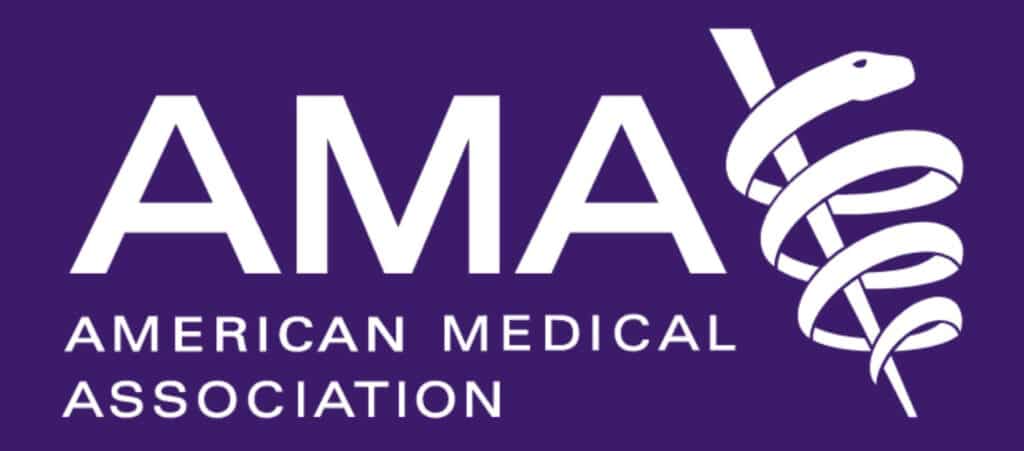Why Dr. Bell
Selecting an Orthognathic Surgeon
My Approach to Helping You
My approach to patient care is based entirely on building rapport and trust. This trust is the foundation from which all healthy relationships occur. It requires that I give you my full attention and appreciate your emotional needs and personal wants, wishes, goals, hopes, and dreams. I begin all encounters with an attempt to understand your goals entirely.
Understanding people’s goals requires introspection invariably on the part of those I serve to create clarity. It also involves education from me to assist them in understanding what is achievable. What is possible is often much more significant than people can imagine.
Questions that I may ask you might be the following:
- What are you hoping to get out of the surgery (why)?
- When do you wish to have the surgery (when)?
- Do you have an orthodontist, and what is the experience of your orthodontist in planning and treating patients that can benefit from orthognathic surgery (who)?
- Do you have financial resources and an awareness of your options for obtaining financing and the timeline to pay your orthodontist (how)?
- Are educational, geographic, lifestyle, and employment factors that need to be considered (what, when)? For example, are you an 18-year-old high school senior planning to attend college out of state? Are you 15 and want to play softball during the fall of next school year? How about water polo during the winter? Are you a working single mother with three small children that need your care? Can someone accompany you to appointments if you get information overloaded and might forget things? If you want to record or videotape our time together during the appointment because this is how you learn and remember things, go for it! (But the law says you need to tell me) Are you a working professional, a professional athlete, a stage actor, or a detective? The list of life circumstances is as unique as we are as human beings. My job is to figure out how to make this work for you.
- Are there functional problems like chewing, muscle soreness, TMJ pain, breathing problems, discomfort with one’s appearance, or difficulties with speech?
- Are there specific cosmetic goals that you wish to achieve?
Since orthognathic surgery involves the physical restructuring of the facial skeleton, it can profoundly affect people’s lives. Many patients report that the benefits of surgery are life-changing. Overwhelmingly, they describe to me improved functional ability, self-confidence, and an increased sense of optimism which continues to grow in time and scope in multiple dimensions of their lives.
My approach to helping patients tends to be holistic, with a complete understanding of all aspects of their life, including quality of sleep, diet, exercise, health problems or lack thereof, social connections, and spirituality. In short, I treat a person, not simply their facial skeleton. When I am in the operating room, it is an entirely different matter, and my focus is on precision and safety.
Technically, my approach to orthognathic surgery starts by beginning with the end in mind and involves backward planning. I focus on optimizing cosmetics and biomechanical engineering principles using computer-based planning technology. Long-term stability is an absolute requirement; therefore, I am biased toward over-engineering rather than under-engineering.
I have been building and creating things since I was five. As a small child, I built model airplanes from balsa wood using tools like saws, small chisels, drills, grasping devices, clamps, etc. The surgical instruments I use today over 60 years later are almost identical to the woodworking tools I used as a child. Several years later, I wanted to become an architect and spent much of my time designing and building structures of every sort imaginable. As an adolescent, I focused on woodworking and was an assistant instructor for my woodshop classes in junior high school! As a high school student, I became interested in the visual arts- particularly in sculpture- and received awards and accolades for my work.
I love designing and building things and am good at it because I have been doing it for over 60 years. I prefer to live in a visually comfortable environment, so I designed all my home’s significant visual features. Likewise, where possible, it is best to be satisfied and pleased with the appearance of one’s face. You and I are the sole authority on what feels right to us, and if I can give you what you want, I certainly will. If I cannot, I will say so.
I Offer the Following:
- Optimum cosmetic enhancement by balancing people’s facial features and positioning of the teeth to create a beautiful face and an open and engaging smile.
- Optimum functioning to provide people with:
- an effortless ability to eat that allows people to fully enjoy their meals and avoid social embarrassment when dining with others.
- the absence of muscular chewing inefficiency and the consequential fatigue and pain associated with eating. These problems typically lead to TMJ symptoms and headaches. Pain can be eliminated.
- the ability to breathe effortlessly while resting, exercising, and sleeping. This allows people to achieve their fitness goals and get enough oxygen for their brains and bodies to work! It prevents people from suffering from the devastating consequences of airway obstruction and obstructive sleep apnea.
- the ability to swallow easily and allows the face to relax and express emotions. This facilitates our basic emotional need for connectedness to our friends and community.
- the ability to speak clearly and express one’s truth. We all want to be seen, heard, and understood. This opens the door to a life worth living.
- Stability. The quality of durability, reliability, and keeping what one has for the rest of one’s life.
The outcomes I offer are not subjective or abstract.
Instead, they can be concretely and scientifically defined and achieved.




